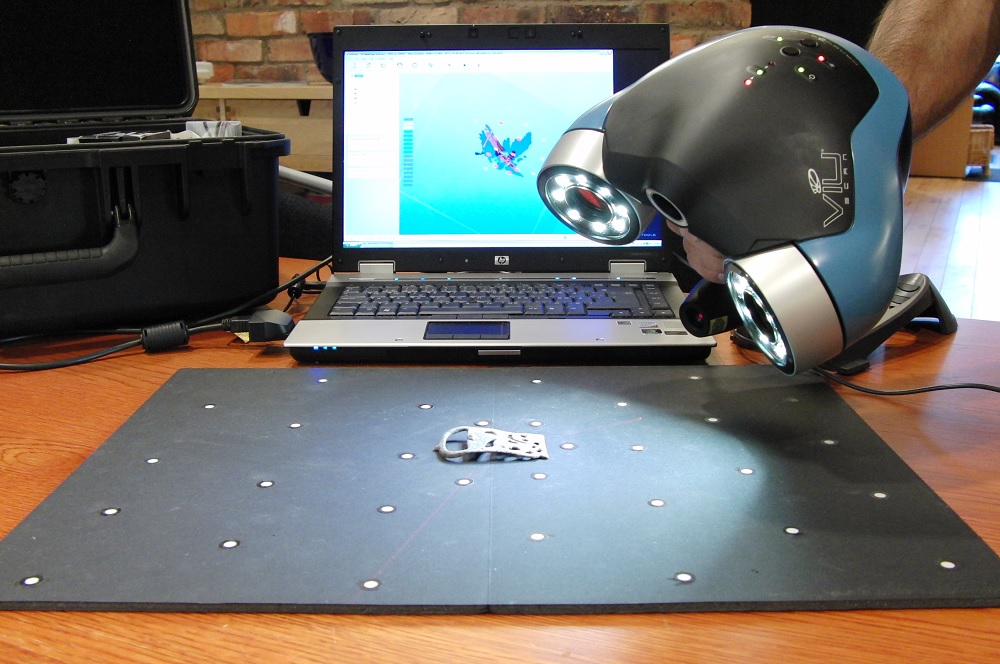Advantages High-Resolution 3D Scanning Can Bring To Your Business
3D scanning has many applications and can improve many different fields. But before you can reap the benefits of 3D scanning, you must know what it is. A 3D scanner is designed to collect information, including measurements, from an object, typically to duplicate that object.
Companies, especially manufacturing companies, often adopt high resolution 3d scanning to increase productivity. A 3D scanner’s enhanced accuracy and precision can speed up and simplify the design, prototyping, and manufacturing processes. Moreover, 3D scanners allow the customisation of many critically important products, including medical devices and prosthetics. Customers may find greater satisfaction and ease of use after making these modifications.
Benefits Of High-Resolution 3D Scanner
· Improves The Precision And Efficacy Of Design
The time spent calculating measurements can significantly extend the duration of a project’s design phase. It can also take a while to print a physical prototype after it has gone from designers to engineers. By incorporating 3D technologies, you can drastically reduce this time frame.
3D scanners can record and implement important changes much more quickly than it would take humans to measure them by hand. These tools allow you to scan and print an object’s surface in 3D easily. In the grand scheme of things, this speeds up the design procedure.
· Rapid And Thorough Quality Control
Major museums worldwide are beginning to rely on 3D scanners due to their accuracy and usefulness in preserving some of the most famous artefacts from various cultures. The scanner analyses the object’s density and volume. The same advantages are also applicable in the manufacturing sector. You can measure the accuracy of a product’s design, scale, and stability in millimetres. Moreover, by displaying the data in a 3D whole deviation colour map, 3D scanning allows the entire shape of the manufactured product to be compared with the original CAD design, and any discrepancies can be seen immediately.
· Accelerates The Prototyping Stage
It is common practice to go through several iterations of a product’s prototype while still in the prototyping phase. You could save time by using 3D scanning. 3D scanning will likely reduce the revisions required during manufacturing and prototype testing.
Compared to traditional prototyping methods, 3D scanners can significantly increase efficiency by a factor of two.
Finale Takeaway
The advent of High-resolution 3D scanning is fascinating, forward-thinking, and practical. The kind of 3D scanning and printing capabilities you will see in the coming years will have the potential to revolutionise society completely. Accurate technology is the driving force behind the next level of success for industrial firms, while those that don’t adopt it risk being left in the dust.




